Monitoring Marine Plastics from Space
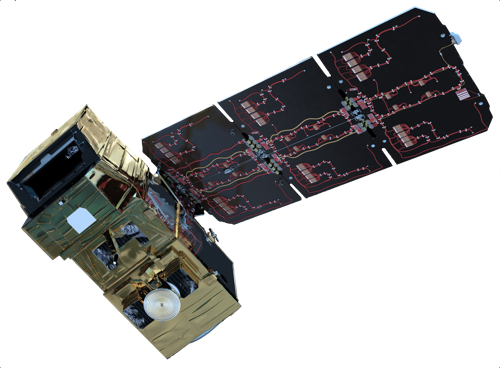

Since 2000 the global production of plastic has risen from 200 to 380 million metric tons.
Eleven metric tons of plastic enters the ocean each year. This is estimated to triple by 2040. (UNEP 2021)
Caroline Power, @carolinepower/photography
1% of marine plastic is visible on the surface. The remaining 99% are less than 5mm, degrade slowly, are ubiquitous throughout the oceans.
How can Earth Observation (EO) remote sensing satellites assist the detection and monitoring of marine plastics?
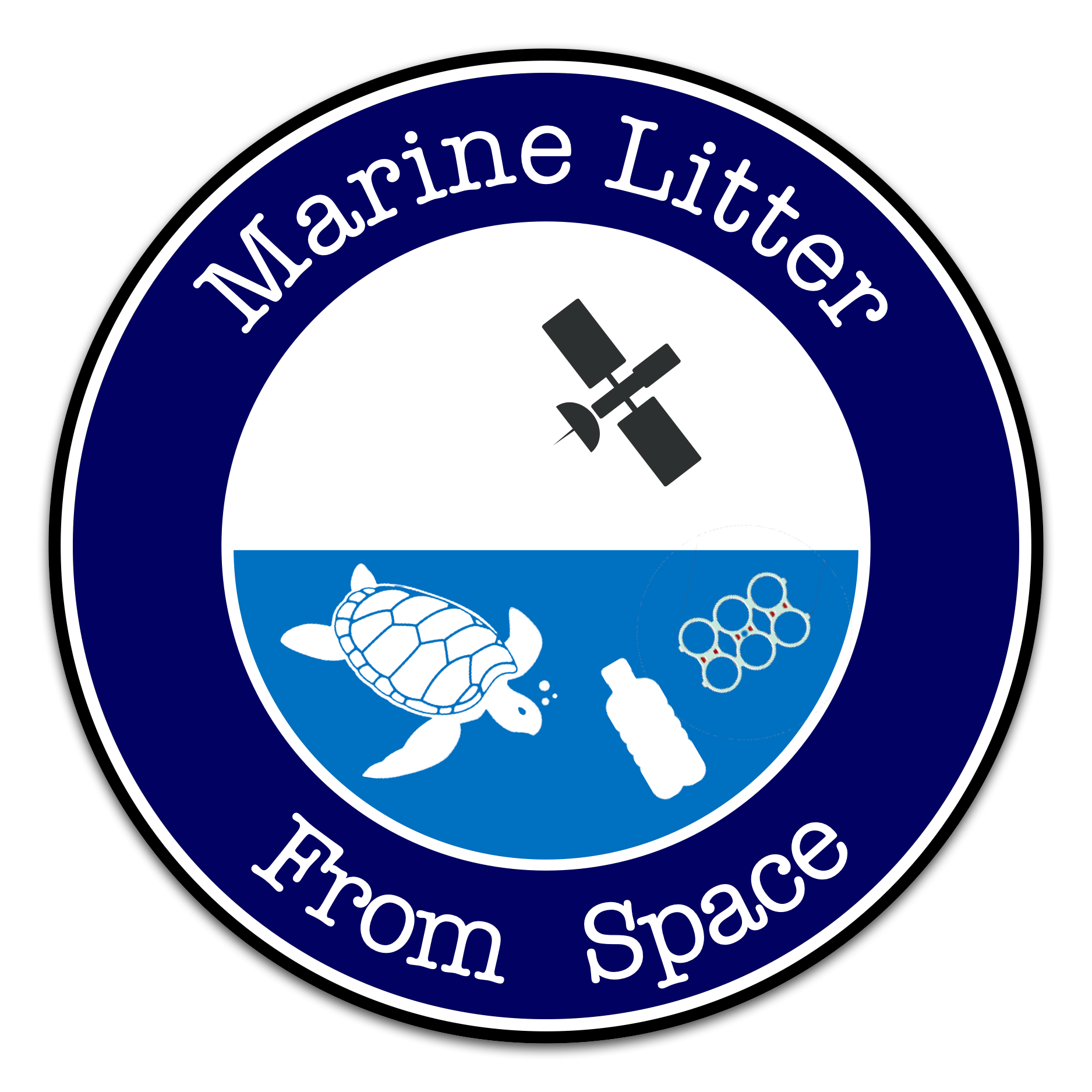
Marine plastics, absorb and scatter light according to characteristic optical properties due to the polymers and dyes used in manufacture and, in principle, a distinct spectral signature could be detected by remote sensing radiometers.
In 2017, under the General Studies Programme (GSP), the European Space Agency (ESA) initiated the project 'Remote Sensing of Marine Litter' by funding two parallel contracts - RESMALI, led by ARGANS Limited, UK (team including: the University of Cadiz, Airbus and The Ocean Cleanup) and OPTIMAL, led by the Plymouth Marine Laboratory, UK.
What can be detected using EO sensors that are in orbit now?
A 6-month feasibility study was commissioned under the Space for Smarter Government Program (SSGP) funded by the UK Space Agency (UKSA) to assess the capability of providing a service using public satellite data to routinely identify and monitor marine litter. Using the the discrete wavelengths detected by the Copernicus-2 MSI in the visible, NIR and SWIR a radiometric signature unique to floating ocean plastic and distinguishable from floating vegetation was identified, enabling the development of a baseline EO processor to detect marine litter targets.
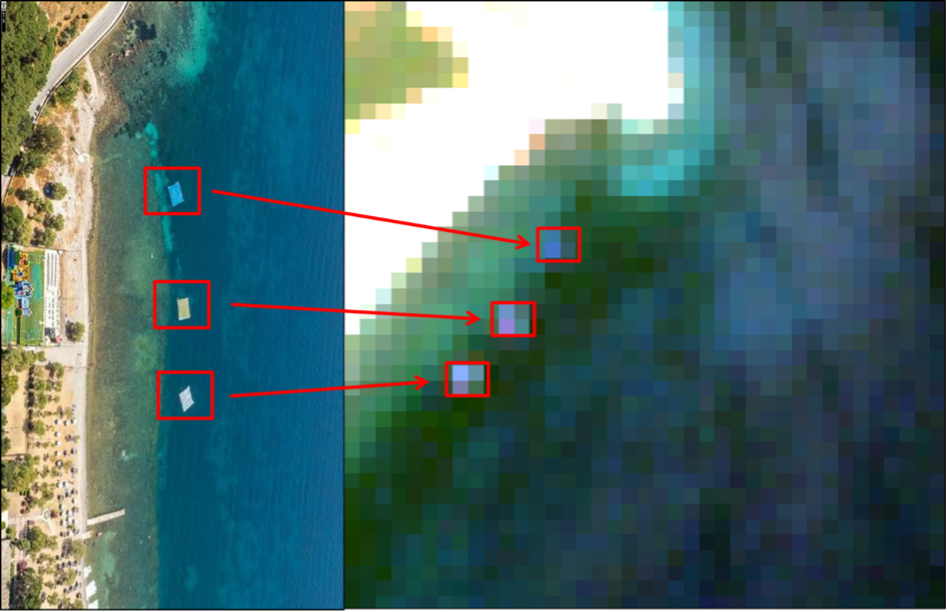
Under the EO Science for Society funding scheme, ESA initiated a 12-month project in September 2018 led by ARGANS with partners from the University of the Aegean, CNR, Italy and the University of Cadiz Marine Litter Lab (MARLUCA). The project sought to determine the feasibility of using currently orbiting sensors for detection of marine plastics within the Mediterranean basin, which contains approximately 5-10% of the world's marine plastic, roughly 5-30 thousand tonnes.
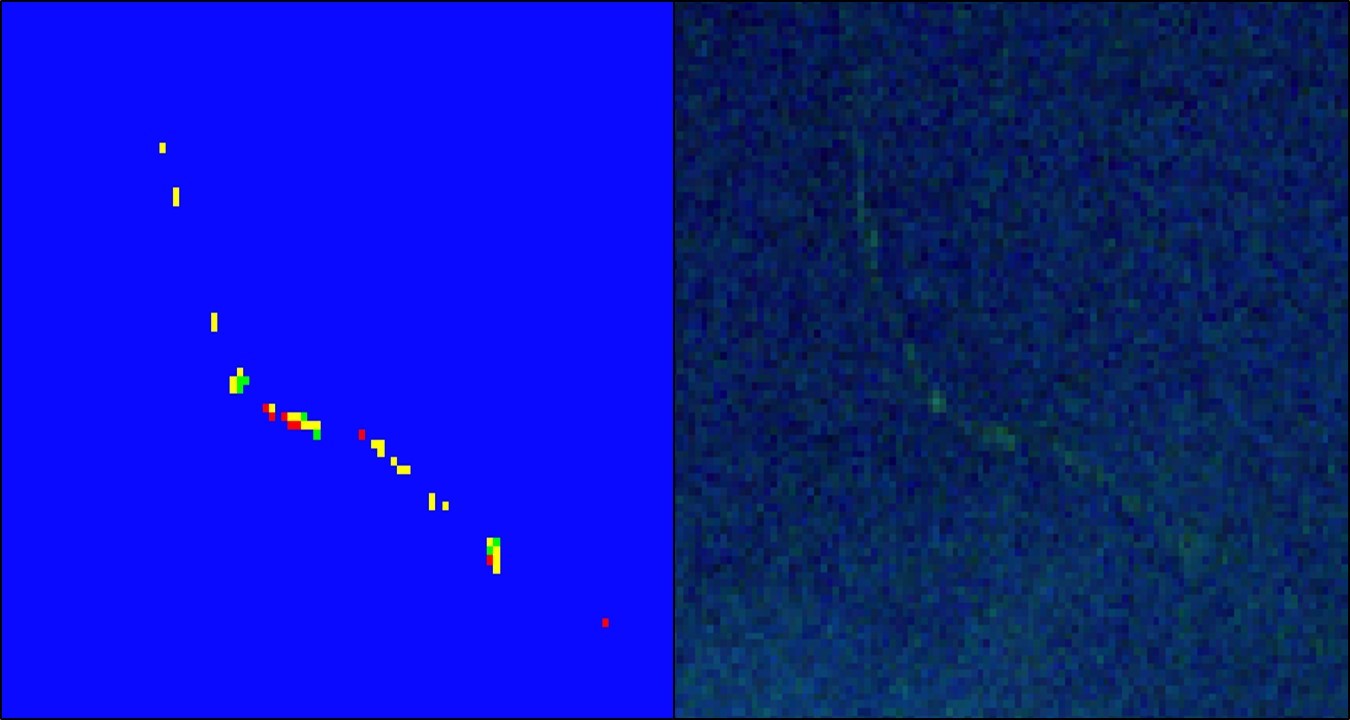
The WASP project was implemented through the ESA Open Space Innovative Platform (OSIP) Campaign 'Remote Sensing of Plastic Marine Litter' and included CNR, Italy and the University of Cadiz Marine Litter Lab (MARLUCA).
It exploited Copernicus Sentinel-2 TOA L1C images to detect the presence of filaments of floating marine debris using the prototype EO processor developed in the ESA EOTrack Med project, that proved that Sentinel-2 data can detect marine litter accumulations.
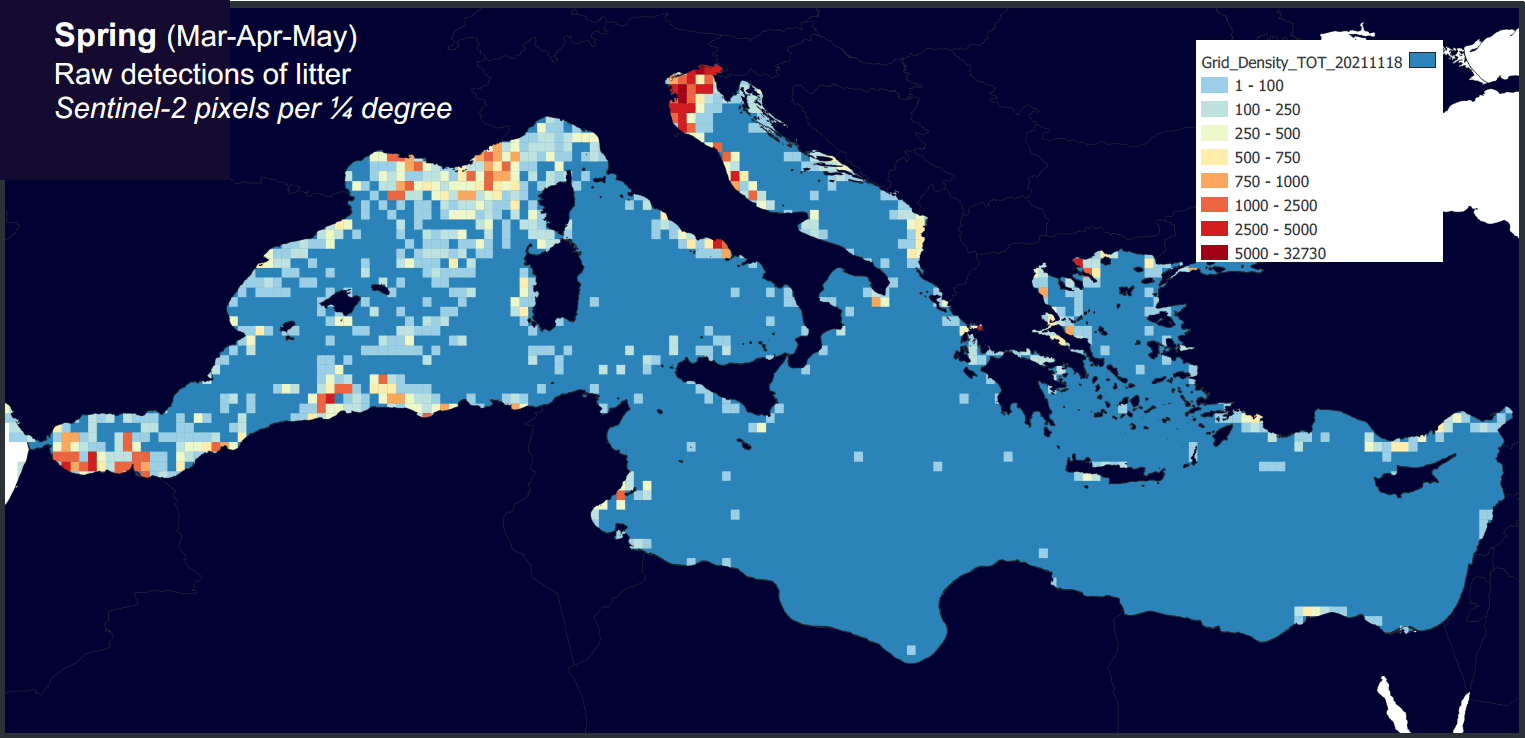
These studies demonstrated that floating marine debris can be detected using low-cost public EO images if the litter accumulates within aggregates, such as windrows or mats.
Can a knowledge of ocean hydrodynamics allow identification of potential areas of aggregation?
To promote data provided by the the Copernicus Marine Environmental Monitoring Service (CMEMS), ARGANS was commissioned to develop a marine litter forecasting service for the European North West Shelf seas, covering the North Sea, the English and Bristol Channels and the Atlantic coast along Ireland and French Brittary, considering 30 European rivers. The aim of the service is to track the dispersion of litter arising from river outflow, drift and ocean currents to its stranding on the shore.
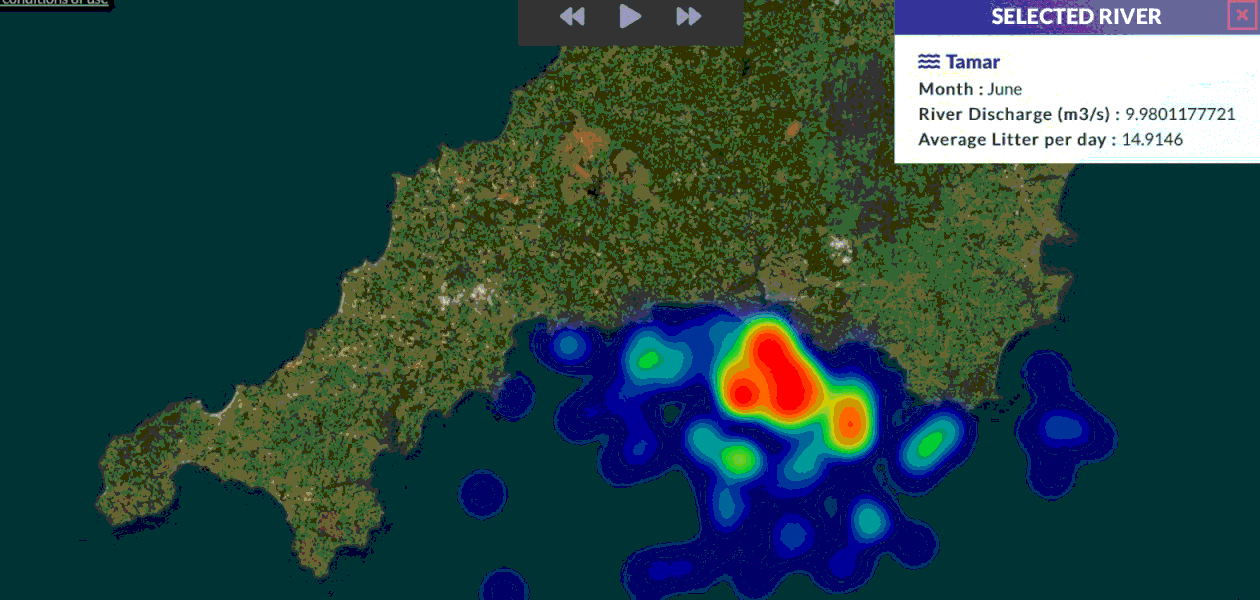
The purpose of the ESA-funded project was to improve detection of small amounts of marine debris and to develop a detector for terrestrial litter dump sites.
Marine litter hotspots, predicted using drift modelling of the Black Sea, were used to select a combination of band indices and thresholds that according to the environmental conditions increased detection probability and reduced false positives. For terrestrial detection, a Convolutional Neural Network (CNN) provided the best performance, with least false positives, although limited by the size of training set.
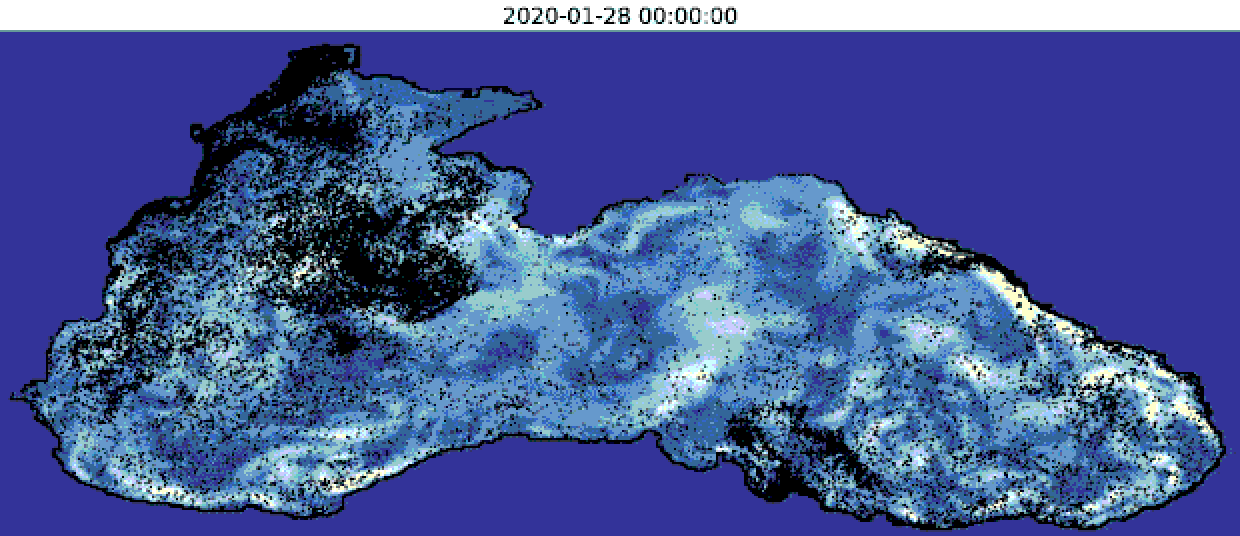
Despite the success in using Sentinel-2 data, the RESMALI project had concluded that current orbital sensors are sub-optimal for litter detection.
What would be the ideal characteristics of a sensor designed specifically for the detection of litter?
The ML-OPSI project was implemented through the ESA Open Space Innovative Platform (OSIP) Campaign 'Remote Sensing of Plastic Marine Litter'. The project was supported by Shungu Garaba and AIRBUS and collaboration with the University of Oldenburg, Germany and Cadiz, Spain.
The ML-OPSI project delivered a technical specification for a Operational Performance Simulator (OPSI) for Marine Litter (ML), and a demonstrator for simulating the TOA reflectance based on targets with varying proportions of litter types.
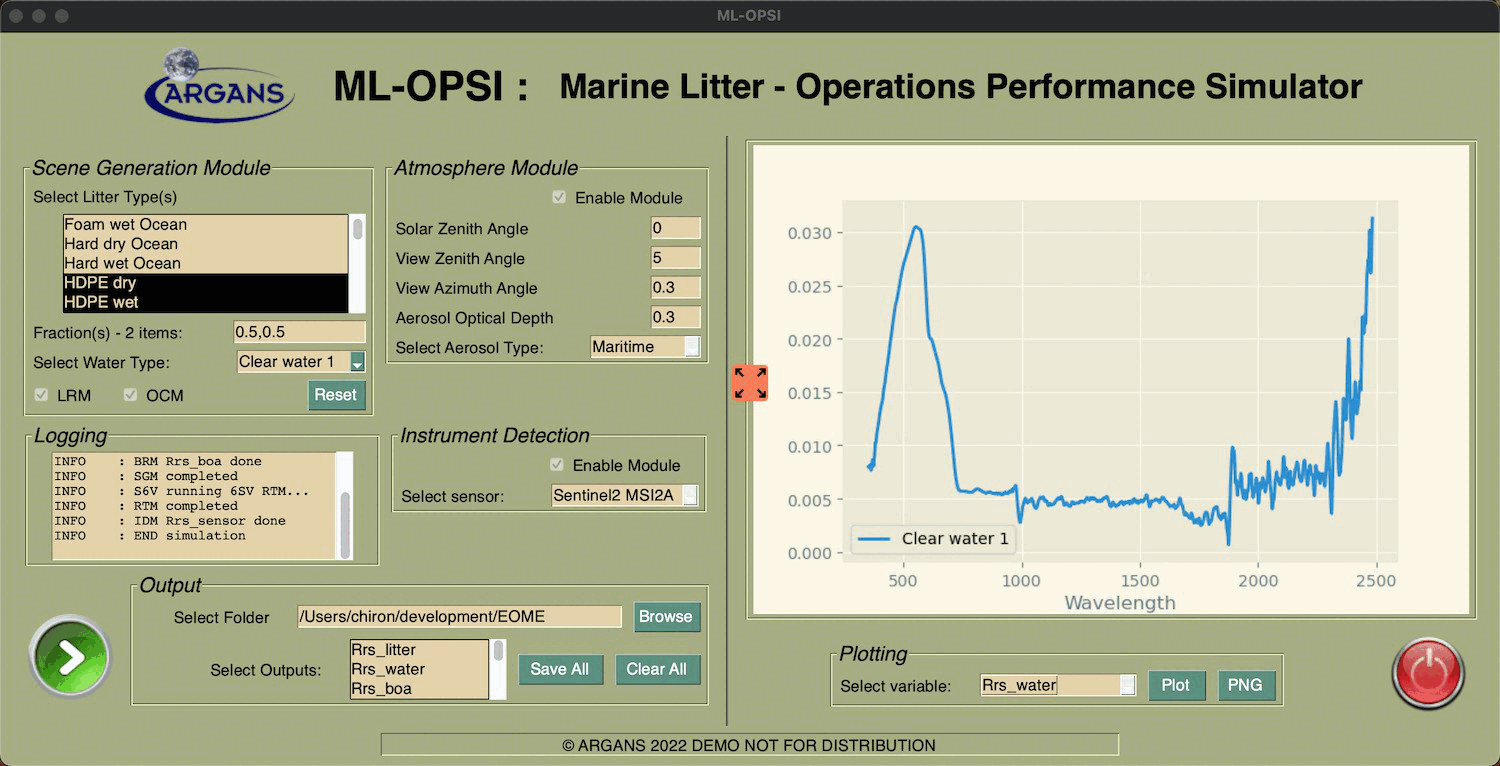
Since RESMALI, in 2017, ARGANS has made advances in the knowledge and understanding of the problem of detecting the presence of marine litter from EO remote sensing satellites. Using currently operational low-cost technology, i.e. Copernicus Sentinel-2 MSI, which has neither optimal spatial nor spectral resolution, a litter processor has been developed capable of detecting marine litter accumulations, which has been verified and validated in the frame of the EOTrack Med, WASP and Black Sea plastic projects.
Work has also progressed on developing and improving a processor capable of detecting terrestrial accumulations of litter, providing a machine learning approach with improved performance at classification.
RESMALI concluded that detection of marine debris from space was feasible, although EO sensors that combine both hyperspectral imaging and sufficiently fine-scale spatial resolution (GSD) to facilitate detection are not currently available.